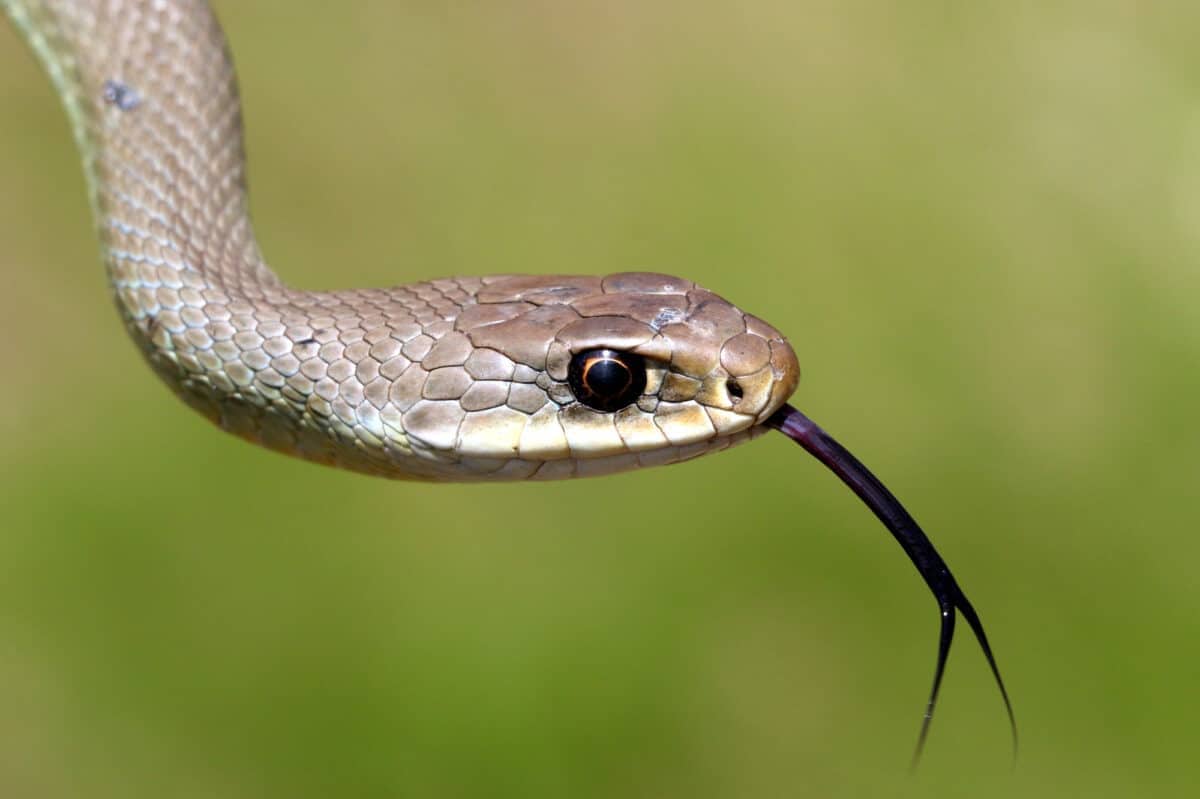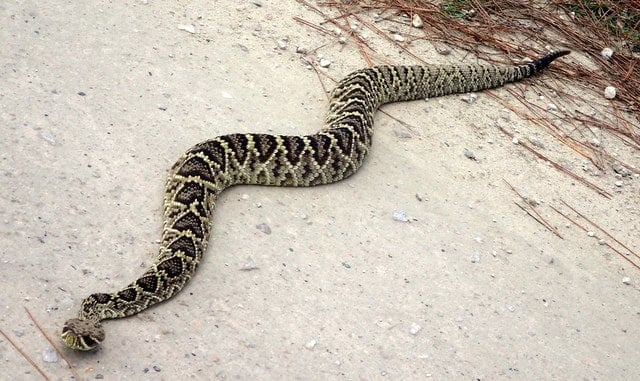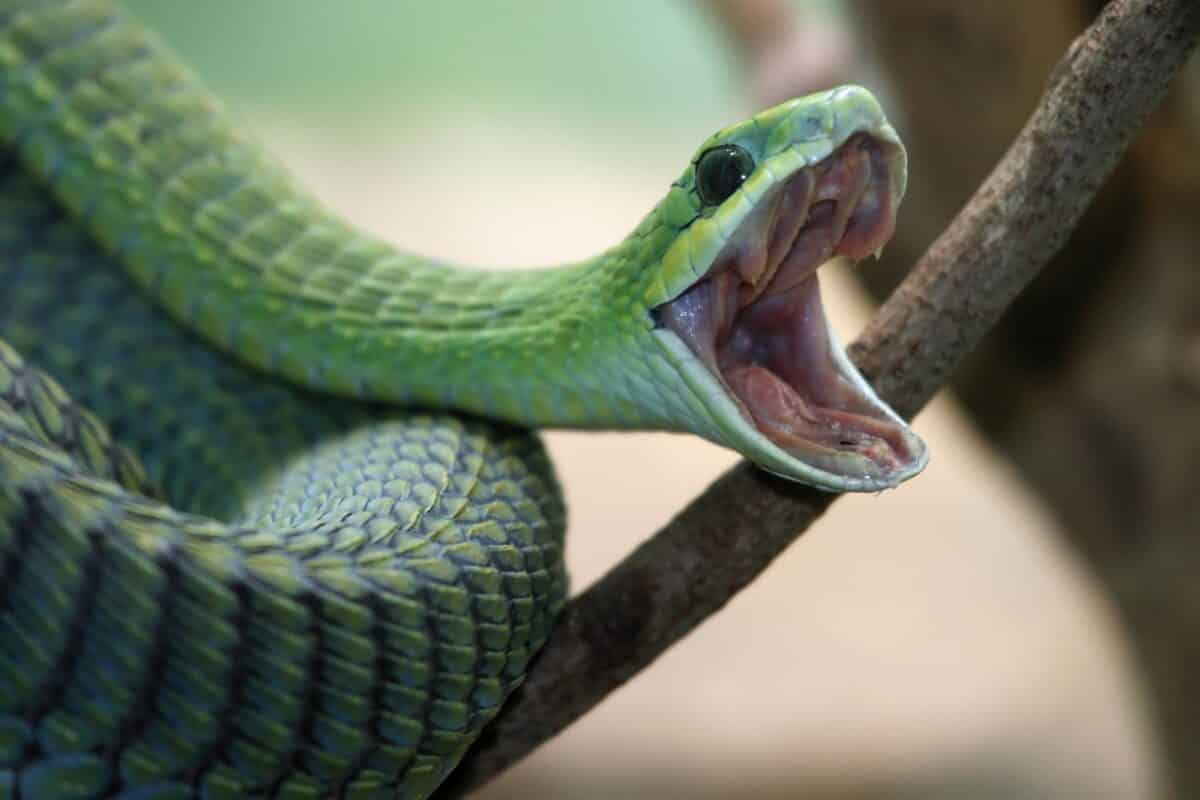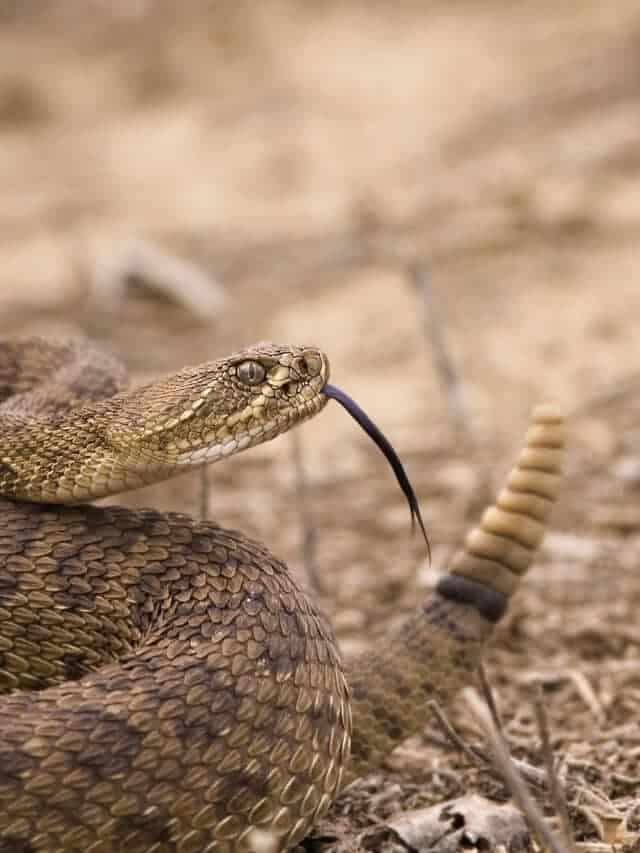When one thinks of snakes, an array of diverse characteristics might spring to mind—venomous fangs, mesmerizing scales, and a mysterious aura that speaks to their ancient lineage. However, one of their most remarkable features is their lightning-fast striking ability. In the world of herpetology, speed is more than just a matter of awe; it’s a crucial survival mechanism. Join us as we delve into the realm of the fastest striking snakes and unravel the secrets behind their exceptional speed.
Understanding Snake Strikes

Snake striking speed is an evolution-driven marvel. Striking serves multiple purposes: capturing prey, defending against predators, and asserting dominance within their territory. The time it takes for a snake to strike is often measured in milliseconds, making it one of the most efficient tools in their survival arsenal. Understanding the mechanics behind these rapid movements can offer insights into the incredible adaptability of these creatures.
The Physics Behind the Strike

A snake’s strike involves several rapid motions: coiling to store potential energy, launching the head forward with precision, and typically retreating just as quickly. The speed of a snake strike is a function of muscle power and body structure, allowing them to compress and release energy swiftly. This physical capability, combined with evolutionary adaptations for their specific environments, makes some species incredible speedsters.
The Legendary Black Mamba

Renowned for both its agility and potent venom, the Black Mamba (Dendroaspis polylepis) ranks among the fastest striking snakes. Native to Sub-Saharan Africa, this snake can strike at a speed of around 12 to 20 kilometers per hour. Its rapid strike ensures that prey or threats have little time to react, making it a formidable predator and a respected figure within its ecosystem.
The Enigmatic Boomslang

The Boomslang (Dispholidus typus) is deceptively slender and arboreal, with striking speeds that belie its unassuming appearance. Although it prefers to avoid confrontation, when provoked, its strike is both fast and precise. Its venom, while rarely a lethal threat to humans due to limited dosage per bite, is highly effective against its natural prey.
The Viper’s Velocity

Vipers, including species like the Russell’s Viper and the Gaboon Viper, are known for their incredibly quick and explosive strikes. Unlike some snakes that might employ a bite-and-retreat strategy, vipers strike with a commitment to hold onto their target, ensuring envenomation. This rapid response can catch prey off guard, making them effective hunters.
Detecting Prey with Precision

Fast-striking snakes often rely on acute sensory skills to detect and lock onto prey. Their heat-sensing pits, superior vibration detection, and highly developed vision provide them with the precision necessary to strike accurately at high speeds. Snakes can track even the slightest movements, reducing the risk of missing their target.
Adaptations for Speed

The adaptations that enable a snake’s fast strike go beyond muscles and sensory organs. A specialized spine and flexible jaw enhance their ability to achieve extensive jaw rotations and rapid neck extensions. Such physical configurations facilitate a sudden acceleration essential for successful strikes.
Comparing Striking Mechanisms

Not all snakes strike alike; cobras employ a different strategy than vipers or mambas. While some rely on a potent venom delivered in a controlled strike-and-retreat manner, others may employ tactics such as constriction post-strike. Each strategy is a reflection of their evolutionary path and environmental needs.
The Role of Venom

The rapid strike of venomous snakes is intrinsically linked to their venom’s efficacy. A quick delivery of venom via specialized fangs allows snakes like the Taipan and the Death Adder to subdue prey effectively before it escapes. The venom composition varies significantly, tailored to immobilize specific prey types.
Strike Speed Across Habitats

Environmental conditions also play a significant role in a snake’s striking speed. Desert-dwelling snakes may develop swifter strikes to deal with high-speed prey like rodents, while dense forest habitats might require precise but relatively slower strikes to maneuver through complex foliage.
Human Interaction and Misunderstandings

Despite their fearsome reputations, most fast-striking snakes are not aggressive towards humans unless threatened. Many encounters arise due to accidental provocations. It is essential for humans to practice vigilant awareness of snake habitats and maintain a respectful distance, thereby reducing snake-human conflicts.
Conservation and Appreciation

Understanding and respecting the quick-striking nature of these snakes is pivotal in fostering coexistence. Their roles in controlling pest populations and maintaining ecological balance further underscore the need for preserving their habitats. Conservation efforts are vital to ensuring that these remarkable reptiles continue to flourish in the wild.
In conclusion, the world of fast-striking snakes is a testament to nature’s ingenuity and evolutionary finesse. Their lightning-fast responses, coupled with unique adaptations, underline the intricate balance of predator-prey dynamics in ecosystems. By fostering a deeper appreciation for these fascinating creatures, we can better support conservation efforts that protect the delicate tapestry of life they help sustain.
- The Coldest Town in America—And How People Survive There - August 9, 2025
- How Some Birds “Steal” Parenting Duties From Others - August 9, 2025
- 12 Deep-Sea Creatures You Won’t Believe Exist - August 9, 2025

